DROPS Air
A medium thick blow yarn made of baby alpaca and merino wool
from:
506RUB
per 50 g
Content: 65% Alpaca, 28% Polyamide, 7% Wool
Yarn Group:
C (16 - 19 stitches)
/ 10 ply / aran / worsted
Weight/length: 50 g = approx 150 m
Recommended needle size: 5 mm
Knitting tension: 10 x 10 cm = 17 sts x 22 rows
Care: Hand Wash, max 30°C / Dry Flat / Feltable
Superwash: no
Made in: Peru/EU
Raw material origin: Alpaca and wool from South America, polyamide from Germany
This yarn has an Oeko-Tex® certification (certificate number 22.HPE.07484), Standard 100, Class II from the Hohenstein Institute. This means that is has been tested for harmful substances and is considered safe in human-ecological terms. Class II means the yarn is suitable to come in direct contact with the skin to a large extent, such as blouses, shirts, mattresses, etc.
An exciting "blow yarn" made from soft baby alpaca and cozy merino wool - this quality has a unique construction where instead of spinning, the fibers of baby alpaca and merino wool are blown into a tube together. Garments made in this yarn are about 30-35% lighter than those made with conventional spun yarns of the same thickness.
DROPS Air is a light, airy yarn that feels beautiful against the skin, which makes it perfect for sweaters, jackets and accessories, with both texture and cable patterns. Garments made in DROPS Air are totally itch-free, which means everyone can wear them!
Read more about our products' sustainability here
Please be aware that the colours shown may vary from screen to screen in the same way that shades may vary slightly from dye lot to dye lot.
How do I care for this yarn?

Hand Wash, max 30°C / Dry Flat
First of all, consider just airing the garment, instead of washing it. If you still desire to wash it, here are some guidelines:
- Hand wash at 30ºC - separately - with wool detergent without enzymes or optical brighteners.
- Don’t let the garment soak. Move the garment gently back and forth, do not rub or squeeze it.
- Rinse the garment until the rinse water is completely clear, making sure the water temperature stays uniform.
- Do a light centrifugation of the garment (about 800rpm), choosing a program that DOES NOT take in water at the start. Or press carefully the water out of the garment with a dry towel. The garment shouldn’t be twisted or rolled.
- To dry the garment, shape it and lay it flat - do not hang - ideally on a warm bathroom floor or on top of a drying rack in a room with good air circulation. Never dry the garment in direct sunlight.
- Don’t tumble dry.
Note: If you are washing a project made with this yarn combined with another, the general guideline is to follow the washing instructions for the most delicate of the yarns you are working with.
Thinking about felting this yarn?
See how this yarn looks before and after felting:
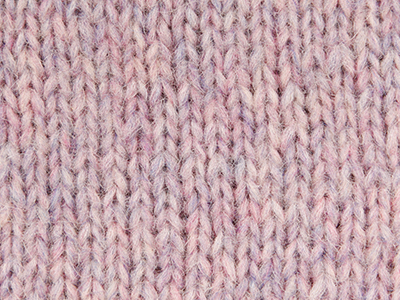
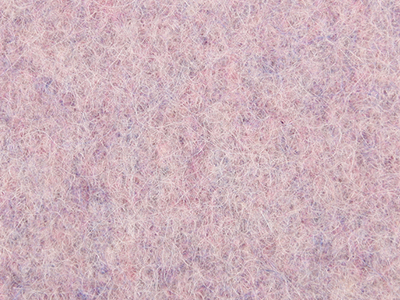
Needles: 5.00 mm
Before: 17 sts x 22 rows
After: 24 sts x 38 rows
Do you have a question about this yarn?
See a list of frequently asked questions (FAQ) about our yarns.
1) What type of fibers make the DROPS yarns?
Yarn can be made from a large number of natural and synthetic fibers. DROPS carries mainly yarns made from wool, cotton, alpaca, linen, mohair and silk. Each fiber type has its own qualities, and they are often mixed to take advantage of the best properties of each one. Coarse yarn has the advantage of being stronger and more durable, and finer fibers offer more softness and comfort. Here a bit about the main fibers we carry:
Alpaca:
Alpaca fleece is the natural fiber harvested from an alpaca, and it is similar in structure to sheep wool fiber. Its softness comes from the small diameter of the fiber, similar to merino wool. It is a soft, durable, luxurious and silky natural fiber. Yarn made from alpaca fibers does not felt or pill easily, and it can be light or heavy in weight, depending on how it is spun. While similar to sheep’s wool, it is warmer, not prickly, and has no lanolin, which makes it hypoallergenic. Alpacas come in 22 natural colors, with more than 300 shades from a true-blue black through browns-black, browns, white, silver and rose-greys.
Mohair:
This fiber comes from the Angora goats, and it's considered a luxury fiber. Mohair yarn is warm as wool, but much lighter in weight; it is durable, dyes well and does not felt easily. Mohair fibers have also a distinctive luster created by the way they reflect light. Despite being a hard fiber, mohair is usually spun into a very fluffy yarn, resulting in airy and lustrous garments.
Wool:
The wool fibers come from the skin of sheep and are relatively coarse fibers. Two striking characteristics of wool are its susceptibility to heat and its felting property, which is caused by the scales on the surface. Depending upon the breed of sheep, the appearance of the wool varies.
Wool from Merino sheep is considered the finest type of wool, having as characteristics that is finely crimped and soft. All the Merino wool in the DROPS yarns has its origins in South America, coming from sheep that have not been subject to Mulesing.
Pure new wool is wool made directly from animal fleece, and not recycled from existing wool garments.
Machine washable wool is wool treated chemically to minimize the outer fuzzy layer of the fibers, and be therefore fitable for machine wash (see Superwash).
Silk:
The silk fiber is a fine continuous fiber produced from the cocoon of a moth caterpillar known as the silkworm. While silkworm is cultivated, the wild or tussah silk is obtained from uncultivated silkworm cocoons. Silk fiber is one of the strongest natural fibers and makes a wonderful knitting yarn. It blends really well with other fibers, especially wool. Silk also dyes beautifully with natural dyes.
Vegetable fibers:
There are several varieties of vegetable fibers, found in the cell walls of plants or vegetables. Of all the varieties, two are recognized as major knitted or textile fibers. They are cotton and linen.
Cotton is the fiber surrounding the seeds in a cotton pod, and it is almost pure cellulose. Cotton is usually white in color but there are green and brown varieties as well. The cotton fiber is most often spun into yarn or thread and used to make a soft, breathable textile that is good for summer clothing and accessories, making a weaker yarn than silk or linen but stronger than wool.
Mercerized cotton is cotton that has been through a mercerization treatment. This treatment gives cotton fabrics and threads a lustrous yarn that is more lustrous than conventional cotton. It is also stronger, takes dye a little more readily, makes the yarn more resistant to mildew and reduces lint. It also may not shrink or lose its shape as much as "regular" cotton.
Linen is a fiber derived from the stalk of the flax plant that is durable and stronger than any other fiber. The linen fiber is relatively soft, straight and lustrous and becomes more beautiful with age. Linen is more comfortable to wear in hot temperatures than cotton, due to the fact that it absorbs moisture better and dries more quickly.
Other materials used in our yarns include synthetic fibers such as acrylic, viscose, polyamide (nylon) and polyester. These fibers are used mostly to give strength to a yarn (like our sock yarn, DROPS Fabel) or a special kind of structure (like our blown yarn, DROPS Air).
The polyamide fibre, commonly known as nylon, is very strong, durable, lightweight, easy to care for (can be machine washed and dried), and elastic, which makes it perfect for blending with other fibres to produce hard-wearing yarns like sock yarn.
Compared to polyester, polyamide is softer and more flexible, but it also absorbs more water and dries slower.
3) What type of information can I find on the DROPS yarn labels?
All DROPS yarn labels include information about fiber content (wool, cotton, etc.), weight in grams and ounces, length in meters and yards, washing instructions and symbols (explained here), color number, dye lot number and yarn group information.
4) What are the DROPS yarn groups?
All DROPS yarns are classified into 6 different thickness groups (A to F). Yarns in a same group have similar knitting tension/gauge, and can therefore be interchanged in patterns; however the length may be different, so when substituting always calculate the amount of meters/yards needed for the pattern to know the amount of yarn you need to get.
5) Can I use a different yarn than the one mentioned in the pattern?
Yes, as long as the yarn can be worked in the same knitting tension/gauge. Always swatch to make sure you get the same number of stitches in width and rows in height as given in the pattern.
Remember that different yarns with different textures, will give the garment different looks. The yardage/length may also be different, so when substituting always calculate the number of yards needed, in order to know the amount of yarn you need.
Read more about how to calculate the amount of an alternative yarn - and how to replace 1 thread of a yarn with 2 or more of another, here.
6) What does it mean when a yarn is “Superwash”?
A superwash wool is a special wool product that has been treated or processed in a way that allows it to be machine washable. Many people are afraid to work with wool because it is so easy to shrink (though some shrink wool on purpose) and superwash wool can allow them to work with great fibers without worry. (Read more here).
7) What does “Oeko-Tex® certified” means?
The Oeko-Tex® Standard 100 was introduced at the beginning of the 1990s as a response to the needs of the general public for textiles which posed no risk to health. The Oeko-Tex® Standard 100 is a globally uniform testing and certification system for textile raw materials, intermediate and end products at all stages of production. The test for harmful substances comprise substances which are prohibited or regulated by law, chemicals which are known to be harmful to health, and parameters which are included as a precautionary measure to safeguard health.
For more info go to www.oeko-tex.com
10) How accurate are the colours on the shade cards online?
When obtaining images for the shade card, we do our best to achieve the highest level of color accuracy. Unfortunately, we cannot guarantee how images will appear on your computer screen. Every monitor displays color differently, some colors might look darker than they really are, and some colors might be more saturated on some screens. If you experience that many of the yarn colors looks different on your screen than the actual color of the skeins, you can adjust the setting on your monitor.
11) What is a micron? What does super fine / extra fine mean?
The fineness of yarn fibers is measured in microns (thousands of millimeters). Super fine alpaca wool is 26-28 microns. Fine merino wool is less than 21.5 microns and extra fine merino is under 19.5 microns. The less microns the softer and more delicate a quality can be, the more microns the more hard wear the quality will be.
The reason why the microns in a yarn’s fibers are important is that the yarn will eventually become something else, and how delicate or coarse a yarn is will determine in part what we use it for. That’s why we recommend the softest yarns (like DROPS Baby Merino) for baby clothing, or why we choose to use a more hard wear yarn like DROPS Snow, for a seating pad or slipper.
12) Why are the colours in my skeins of print yarn different?
The reason why two skeins of a same print yarn look different can be 1) that both skeins are part of different dye lots; 2) that the skeins have been dyed using a technique called "magic print" (the one used for example in DROPS Delight), which provides unique patterns and smooth colour transitions to each skein, meaning also that within one dye lot, lighter or darker varieties might appear. This is no fault or defect, but part of the yarn's character.
13) My store doesn’t have the colour I want, what can I do?
If your DROPS store doesn’t have the yarn colour you want, try contacting a DROPS Super Store (the ones with the golden badges) - they will make sure to get a hold of the colour even if they don’t have it in stock themselves. See a list of all DROPS stores here.
14) Where can I find a specific dye lot of a colour?
Always try contacting your DROPS store first. If they do not have the dye lot you want we recommend you to ask other knitters and crocheters in the DROPS Workshop in Facebook or Ravelry, which may have the dye lot in their stash and might be willing to part from it.
Yarn sheds because there's not enough twist to hold all of the fibers together. All yarns have excess fibers (from production) that might come off as lint or shedding, in varied degrees that depend on how the yarn is spun. Brushed yarns ("hairier" yarns) like DROPS Melody, have more of these loose fibers than other yarns, and therefore shed more. Shedding also depends on what is worn under or over the garment, and whether this pulls at the yarn fibers. It’s therefore not possible to guarantee that there will be no shedding.
Below are some tips on how to get the best result when working with hairier yarns:
- When the garment is finished (before you wash it) shake it vigorously so the looser hairs come off. NOTE: do NOT use a lint roller, brush or any method that pulls at the yarn.
- Place the garment in a plastic bag and put it in your freezer - the temperature will cause the fibers to become less attached to each other, and excess fibers will come off easier. Leave in the freezer for a few hours before taking it out and shaking it again.
- Wash the garment according to the instructions on the yarn label. Garments worked with hairier yarns usually need to be shaken once dry after washing, so that the hairs rise and any excess fibers can come off.
Pilling is a natural process that happens to even the most exclusive of fibers. It's a natural sign of wear and tear that is hard to avoid, and that is most visible in high friction areas of your garment like a sweater's arms and cuffs.
You can make your garment look as new by removing the pilling, using a fabric comb or a pill/lint remover.
How can I replace this yarn?
If you are looking to replace this yarn with another DROPS yarn, you can use another yarn within the same yarn group, or try our yarn converter!
Other yarns in Yarn Group C
Read more about replacing yarn.Have a problem with the DROPS yarn you purchased?
When you purchase yarn from the shade cards or patterns on our site, you are not buying directly from DROPS but from one of the hundreds of DROPS stores around the world. It is therefore important that you take contact with the DROPS store where you bought the yarn, and that you save the labels of all the skeins you purchased (they are your warranty).
The DROPS store you contact will assist you and escalate the claim if necessary. Find a list of DROPS stores here.
Comments / Questions (475)
![]() Marianne Mybrand wrote:
Marianne Mybrand wrote:
Nepal och air är båda 50g och kan användas till samma mönster poncho. Men air är 150m och Nepal är 70m. Hur ska jag tänka när jag ska räkna ut hur mycket garn jag ska ha till Drops mönster 172-25?
11.06.2019 - 01:47DROPS Design answered:
Hej. Här kan du läsa hur du gör för att ersätta ett garn med ett annat. Du kan även använda dig av vår konverterare. Lycka till!
20.06.2019 kl. 13:33
![]() Birthe Christoffersen wrote:
Birthe Christoffersen wrote:
Har strikket sweater i Drops Air. Har desværre fibre fra den på alt mit tøj efter brug. Den er vasket. Hvad kan jeg gøre for at undgå alle de fibre?
04.06.2019 - 19:37DROPS Design answered:
Hej Birthe, Her er et par tips om hvordan du lettest får et godt resultat ved brug af garn med lidt mere løse fibre: Ryst tøjet godt før du tager det i brug. NB! Brug hverken tøjrulle eller andre metoder som trækker fibrene ud. Hvis der stadigvæk er løse fibre efter at tøjet er rystet, så læg det i en plasticpose og put det ind i fryseren et par timer - ved at udsætte tøjet for frost vil fibrene ikke længere klistre sig så godt sammen og det vil være lettere at ryste løse fibre af. Husk at tøjet altid skal vaskes ifølge vaskeanvisningen. Ryst gerne tøjet igen når det er tørt, så fibrene rejser sig og eventuelle løse fibre falder af.
05.06.2019 kl. 08:15
![]() Gabriele Karabas wrote:
Gabriele Karabas wrote:
Wann gibt es die Dropswolle Air auch in einem kräftigen royal oder azurblau?
10.05.2019 - 16:55DROPS Design answered:
Liebe Frau Karabas, hier finden Sie alle "blauen" Farben - gerne wird Ihnen Ihr DROPS Laden weiterhelfen - auch telefonisch oder per E-Mail. Viel Spaß beim stricken!
13.05.2019 kl. 11:05
![]() Christine wrote:
Christine wrote:
J'avoue que ce fil est agréable à tricoter, bien chaud et confortable. Malheureusement, après 3 lavages à la main et séchage à plat, le fil s'est un peu aplati et a perdu de son gonflant aérien, les côtes du bas et des manches se sont élargies et sont toutes plates. Du coup le bas du pull s'est élargi. Je suis un peu déçue, heureusement que j'avais tricoté un pull tout simple. Je contais en recommander, mais je vais éviter une seconde déception.
29.04.2019 - 21:43
![]() Marianne wrote:
Marianne wrote:
Jeg har strikket en super flot trøje, men den er blevet alt for stor, kan jeg få den til at krybe på nogen måde?
06.03.2019 - 15:16DROPS Design answered:
Hej Marianne, jeg tror det er svært at få DROPS Air til at krybe kontrolleret... du må næsten bare prøve dig frem. Held og lykke!
03.05.2019 kl. 11:21
![]() Christine wrote:
Christine wrote:
Hallo liebes Team, ich habe mir gerade eine Musterprobe gestrickt, das Garn ist wahrlich ein Traum. Hier nun meine Frage, wieviel Prozent läuft das Garn ein. Wird das Strickstück sehr viel kleiner nach der Wäsche. Für eine Antwort wäre ich sehr dankbar.
12.02.2019 - 06:03DROPS Design answered:
Liebe Christine, DROPS Air sollen Sie handwaschen - lesen Sie die Pflegehinweise auf der Banderolle und die Farbekarte, < a href="https://www.garnstudio.com/yarn-care.php?cid=9">mehr über Garnpflege lesen Sie hier. Viel Spaß beim stricken!
12.02.2019 kl. 09:56
![]() Hanne Duus wrote:
Hanne Duus wrote:
Drops Air indeholdt i starten 72 % Alpaca som hovedgarn - derefter 70 % Nu er der kun 65 % Alpaca. Det er virkelig ærgerligt, at der kommer så meget polyamide i det ellers lækre garn 😱. Der er tydelig forskel på de to kvaliteter. Kan I ikke ændre det igen? Mvh Hanne
19.01.2019 - 01:05DROPS Design answered:
Hej Hanne, det kan vi desværre ikke ændre på, men vi har lavet masser af blindtest og du bør ikke kunne mærke forskel. God fornøjelse!
03.05.2019 kl. 14:44
![]() Solveig Charlotte Sivertsen wrote:
Solveig Charlotte Sivertsen wrote:
Har funnet oppskrift, men vil ha andre farger i genseren, 180-2. Hvor/hvordan gjør jeg det? . Oker i bunnfarge, 400 gr, grågrønn 16- 100gr, og hvit/natur- 100gr.
16.01.2019 - 18:12DROPS Design answered:
Hej Solveig, ja men selvfølgelig er det bare at skifte farverne ud, spørg gerne din DROPS forhandler :)
05.03.2019 kl. 09:33Claude wrote:
Quand pensez-vous réassortir la qualité Drops Cloud? Merci
07.01.2019 - 12:42DROPS Design answered:
Bonjour Claude, il n'est pas prévu de faire revenir DROPS Cloud dans notre gamme. DROPS Air tricotée en double fait une excellente alternative. Bon tricot!
07.01.2019 kl. 12:45
![]() Natalia wrote:
Natalia wrote:
I have made 3 sweaters of this Air yarn. Neither of them is used... the work does not hold a shape, accumulates a lot of static electricity and looks like something aged and worn out. Considering the price it is just a waste both of money and time. Looks and feels nice on shelf at store though. Stay away!
06.01.2019 - 21:23DROPS Design answered:
Dear Natalia, we are very sorry to hear that the yarn doesn't match your expectation. DROPS Air is very popular and we have a lot of positive feedback on it. Please contact your DROPS store for any assistance choosing the yarn from our assortment that will match your preferences better. Happy knitting!
07.01.2019 kl. 13:37
![]() Rosalie wrote:
Rosalie wrote:
Bonjour, Je souhaite tricoter une couverture pour bébé en drops air, mais je ne trouve pas de modèle et de ce fait, je ne sais pas la quantité de pelotes nécessaire pour la réaliser, les mesures sont 65 cm/ 80 cm en jersey endroit. Pouvez vous m’aider ? Merci d’avance
05.01.2019 - 17:55DROPS Design answered:
Bonjour Rosalie, vous pouvez utiliser en référence un modèle de couverture en laine du groupe C (comme DROPS Air) et utiliser le convertisseur du modèle pour connaître la quantité dans les différentes alternatives. Plus d'infos sur les alternatives ici. Bon tricot!
07.01.2019 kl. 12:43
![]() Ulla Jakobsen wrote:
Ulla Jakobsen wrote:
Drops Air indeholdt i starten 72 % Alpaca som hovedgarn - derefter 70 % Nu er der kun 65 % Alpaca. Det er virkelig ærgerligt, at der kommer så meget polyamide i det ellers lækre garn 😱. Kan I ikke ændre det igen? Mvh Ulla
04.01.2019 - 19:54DROPS Design answered:
Hej Ulla, vi har fundet den bedste kombination for et fantastisk blødt og holdbart garn, som 2018 var det mest populære garn på markedet. :)
05.03.2019 kl. 09:31
![]() Gema wrote:
Gema wrote:
Me recomendáis mejor otra de este mismo grosor? O está está bien.
27.12.2018 - 23:06
![]() Gema wrote:
Gema wrote:
Quisiera hacer una mantita para mi hija. Esta lana pica o es suave al tacto?
27.12.2018 - 23:04
![]() Nicole wrote:
Nicole wrote:
Bonjour, j'aurais voulu savoir si la pelote bleu turquoise que l'on voit en présentation correspond bien à la couleur bleu paon mix 11. Merci
21.12.2018 - 14:36DROPS Design answered:
Bonjour Nicole, la couleur 11 est celle qui est sur la 1ère pelote au milieu, à droite cette photo. Bon tricot!
02.01.2019 kl. 15:16
![]() Catia wrote:
Catia wrote:
Buongiorno, vorrei fare una copertina per un bambino che nascerà fine gennaio. Bordo grana di riso e il corpo della coperta maglia rasata. Vorrei sapere se questa lana è adatta per questo lavoro e per un bambino,quanti gomitoli mi serviranno ed indicativamente quanti punti dovrò montare. Grazie infinite per la risposta. Saluti Catia
17.12.2018 - 14:52DROPS Design answered:
Buonasera Catia, questo filato è molto soffice, ma risulta un pò peloso, per cui poco adatto all'uso su un neonato. Potrebbe provare con filati più indicati per bambini, come le singole componenti di Air: Baby AlpacaSilk e Baby Merino. Riguardo la quantità deve lavorare un campione e stabilire da quello il numero di maglie. Per un'assistenza più personalizzata può rivolgersi al suo rivenditore DROPS di fiducia. Buon lavoro!
17.12.2018 kl. 18:48
![]() Christine wrote:
Christine wrote:
Bonjour, Ce fil est très beau, facile et rapide à tricoter (sur aiguille en bois). Agréable sur la peau, aérien et très féminin. Pourriez-vous proposer d'autres coloris dans des tons d'automne (chocolat, violet foncé ou prune, rose framboise...) ?
17.12.2018 - 14:45
![]() Vielle wrote:
Vielle wrote:
Bonjour, Allez vous refaire le coloris air 19 vert fôret? Merci chrlène
05.12.2018 - 15:21DROPS Design answered:
Bonjour Mme Vielle, tout à fait, un arrivage est prévu en fin d'année, cette couleur sera ainsi à nouveau disponible dès janvier. Bon tricot!
06.12.2018 kl. 10:16
![]() Eva Olsson wrote:
Eva Olsson wrote:
Hej! Är detta garn extra brandfarligt pga sin luftighet? Har testat, det brinner våldsammare än andra ullgarn.
20.11.2018 - 20:41DROPS Design answered:
Hej Eva, Ren ull brinner dåligt, men DROPS Air innehåller också 28% polyamid.
05.12.2018 kl. 12:05
![]() GASPARD wrote:
GASPARD wrote:
Bonjour, je désirerais remplacer la laine AIR (50g=150m) par la laine BIG MERINO de même catégorie (50g = 75m). Etant donné qu'elles pèsent toutes les 2 50 g, est-ce que je dois prendre le même nombre de pelotes ou bien le double (parce que la pelote de Big Merino ne fait que 75m) ? merci d'avance pour votre réponse Mme Gaspard
31.10.2018 - 14:17DROPS Design answered:
Bonjour Mme Gaspard, vous trouverez ici toutes les indications nécessaires pour calculer la quantité de laine dans une qualité alternative - pensez également à utiliser notre convertisseur sous le modèle présenté. Bon tricot!
01.11.2018 kl. 14:38
![]() Monika wrote:
Monika wrote:
Hi, Can you please tell me which color is used on the video? I am asking about this mix blue/navy one. From the video I can see it says it's color 12, but then when I check it, it turns out that this is actually green in your shop. regards, Monika
29.10.2018 - 13:16DROPS Design answered:
Witaj Moniko! Na moje oko jest to kolor mgła (czyli 10). Być może pomylona jest etykieta. Zachęcam do kontaktu ze sklepem, być może mają próbniki włóczek. Pozdrawiamy!
29.10.2018 kl. 19:58
![]() Sofia wrote:
Sofia wrote:
Hi! I've knitted with this yarn and have a part that I would like to have flattened (a seam that will be visible). Is there any kind of technique I could use for this, since I see here that I shouldn't iron
16.10.2018 - 18:57DROPS Design answered:
Dear Sofia, for any individual assistance please contact the store where you bought the yarn , even per mail or telephone. Happy knitting!
17.10.2018 kl. 08:25
![]() Benedikte wrote:
Benedikte wrote:
Hvordan bestiller man???
26.08.2018 - 10:43DROPS Design answered:
Hej Benedikte, du klikker bare på "bestil" knappen som er inde på farvekortet, så får du de butikker op som har DROPS Air på lager. God fornøjelse!
11.09.2018 kl. 16:06
![]() Else wrote:
Else wrote:
Synes det er rart at mange av garnene deres ikke har eneste gulfarge, mens det er en overflod av rosa- og lillafarger. Grønnfarger kunne det også vært flere av.
05.08.2018 - 18:29






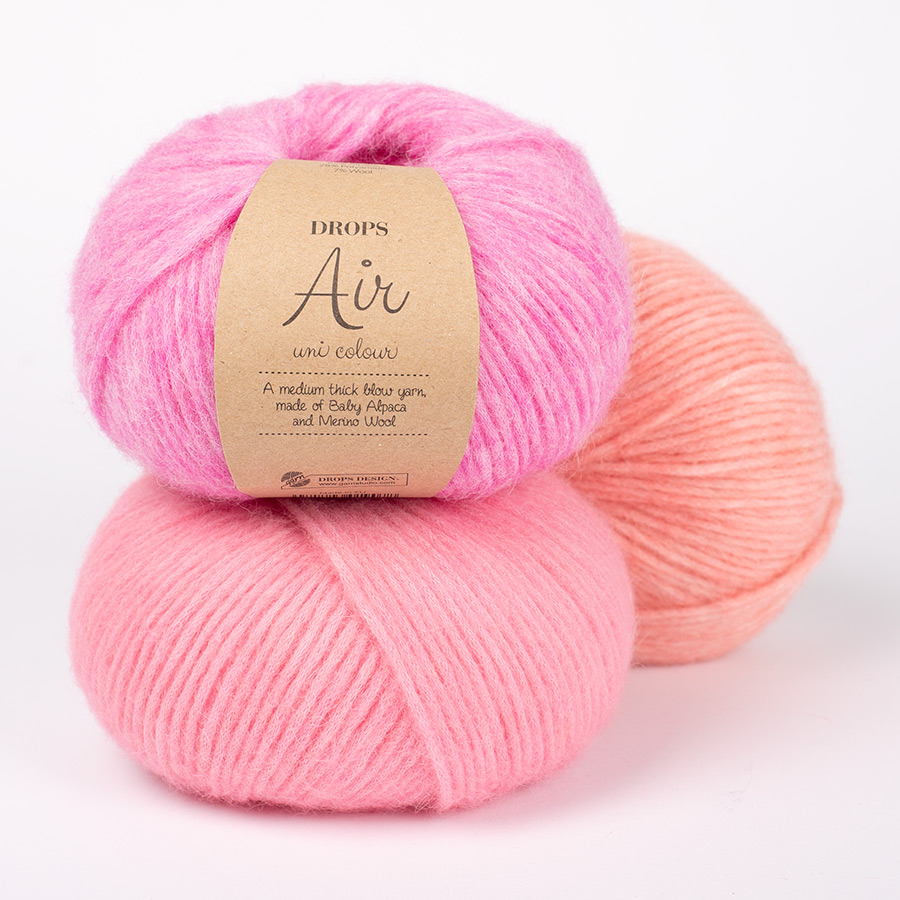
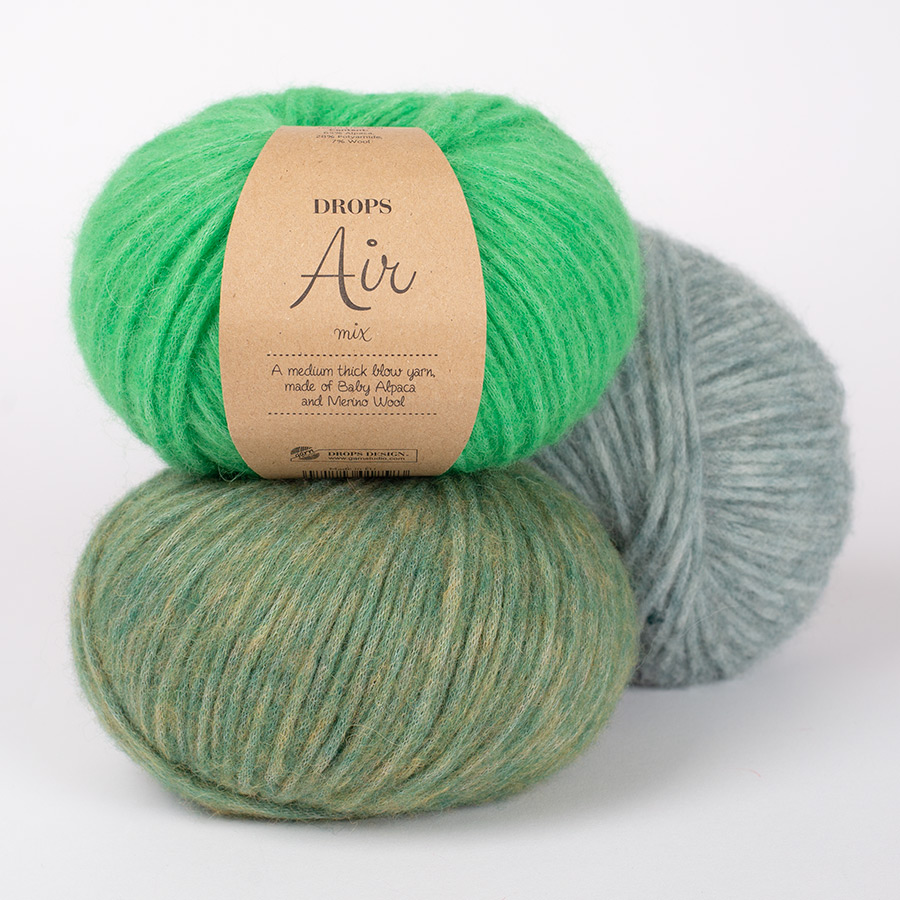

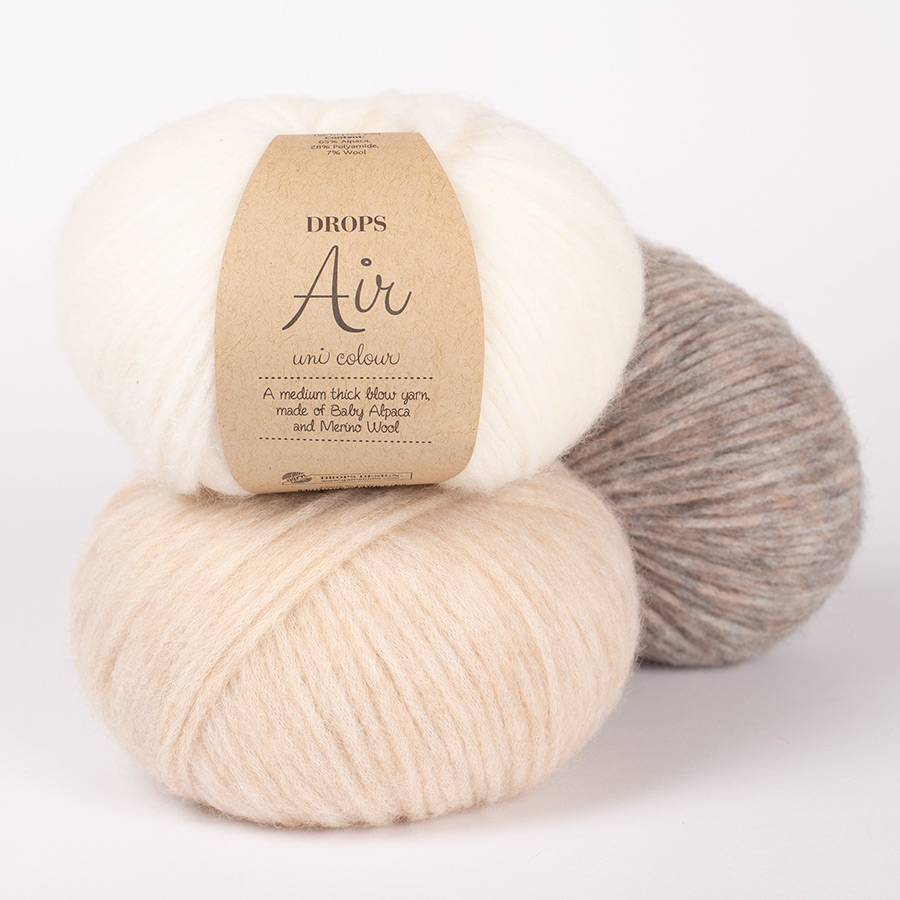
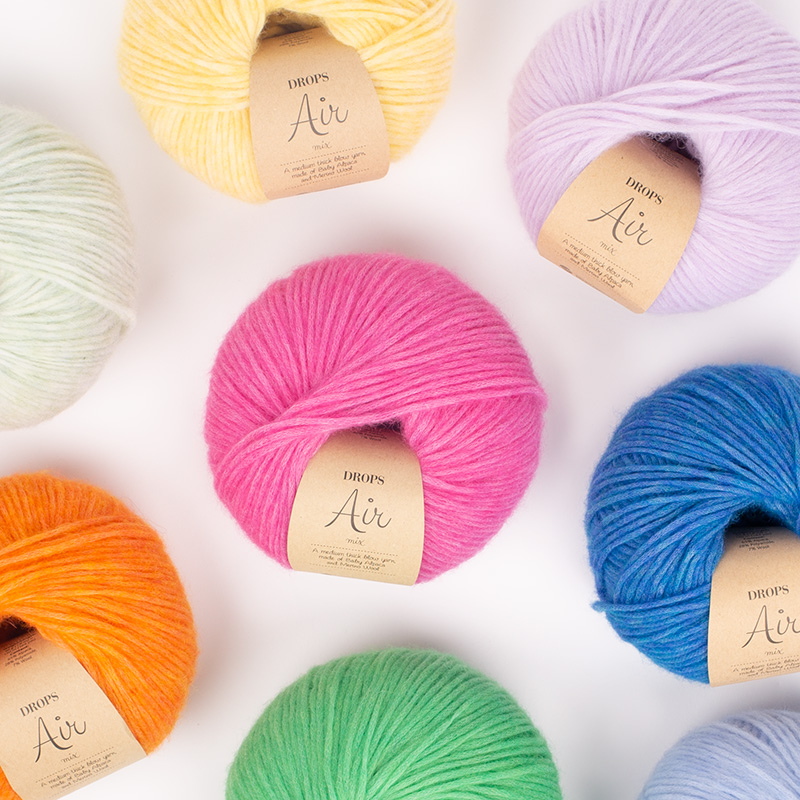
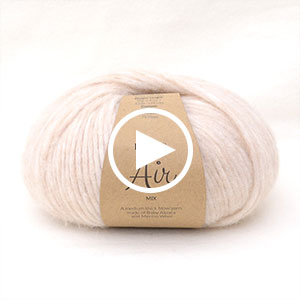


















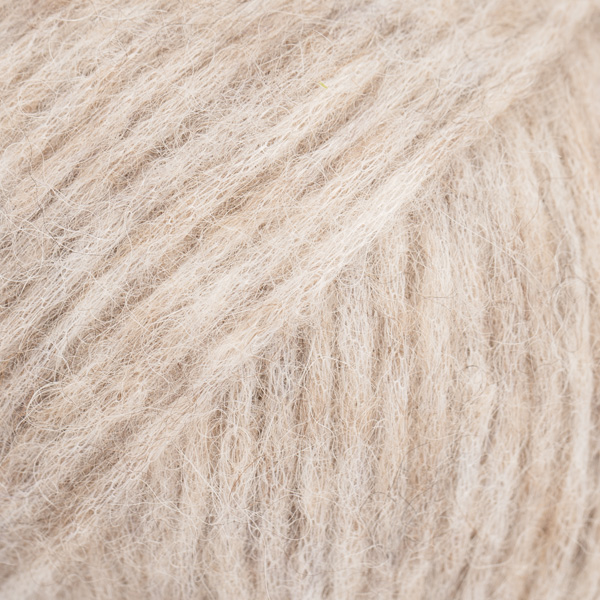
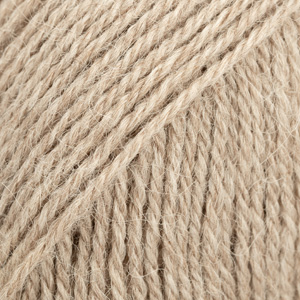











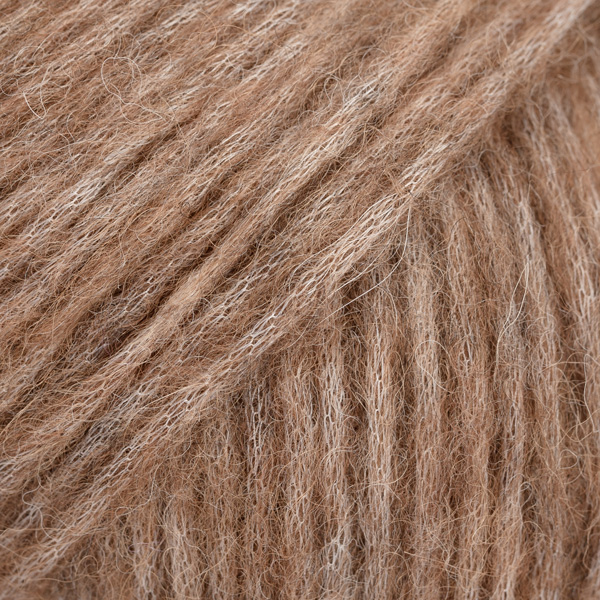


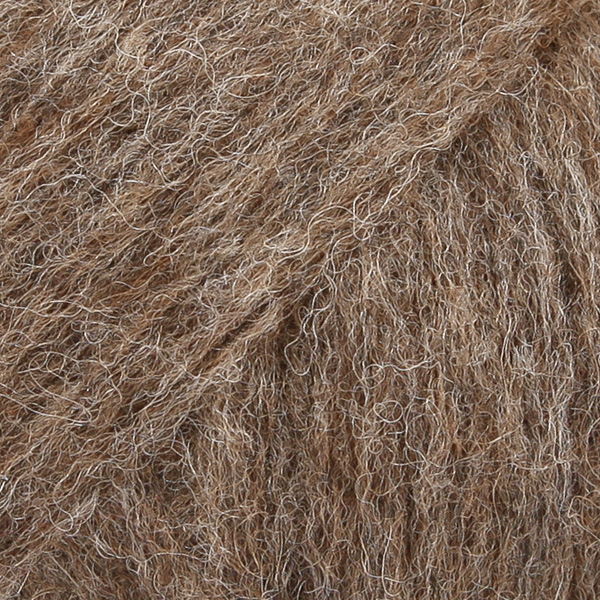

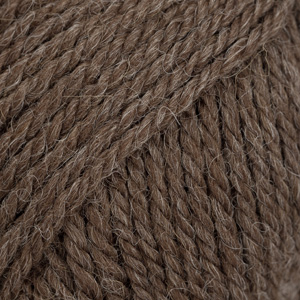


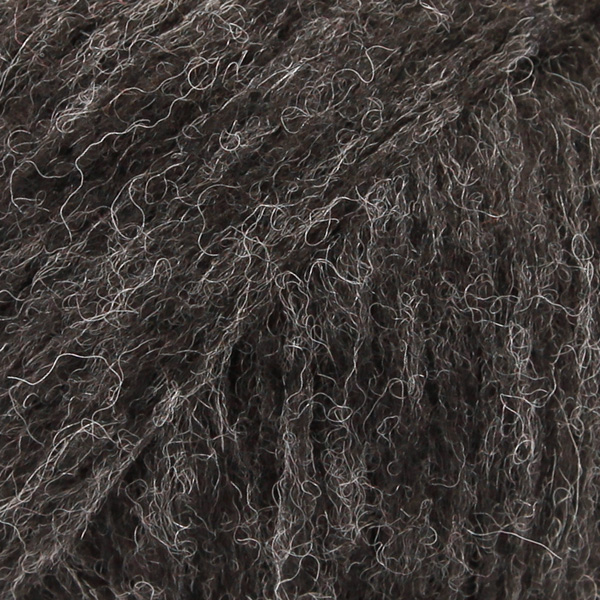











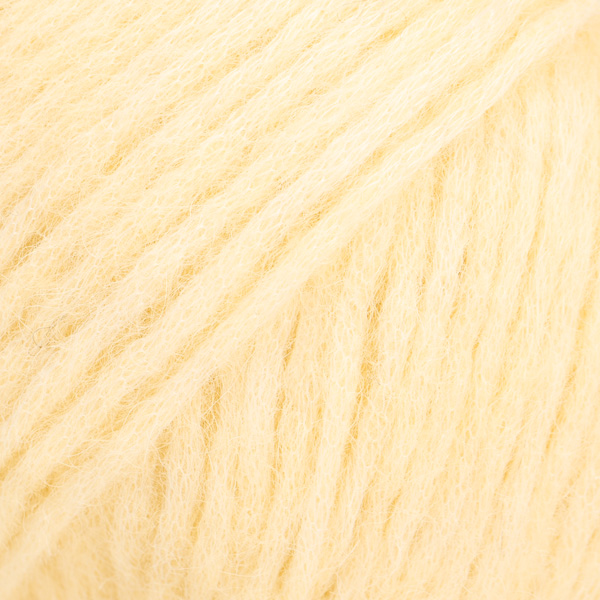




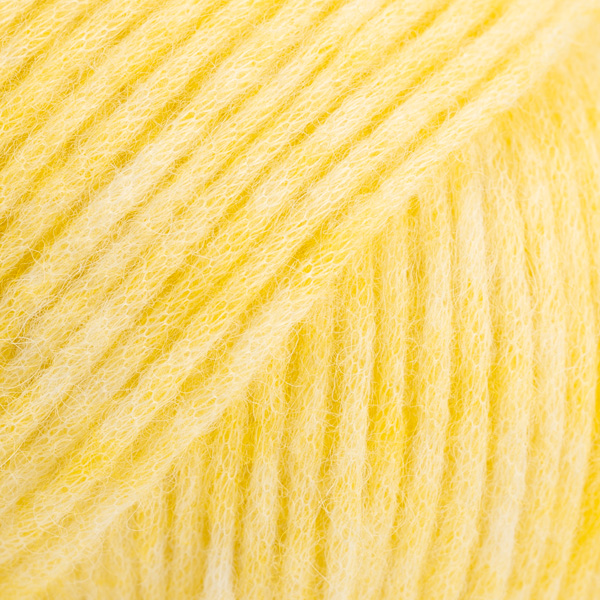



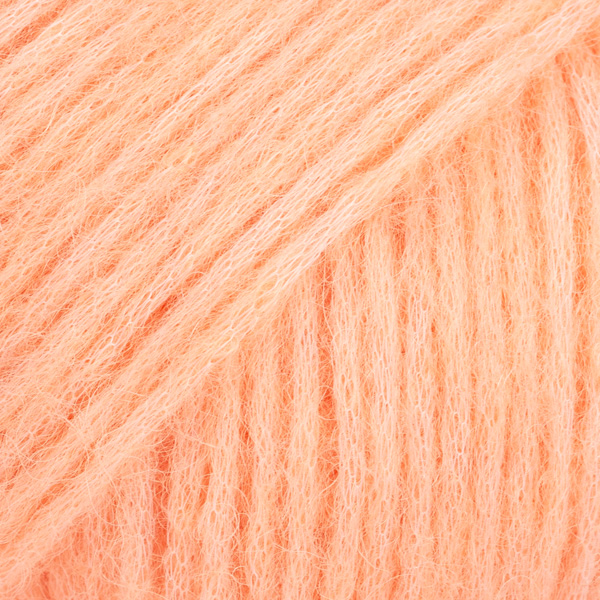





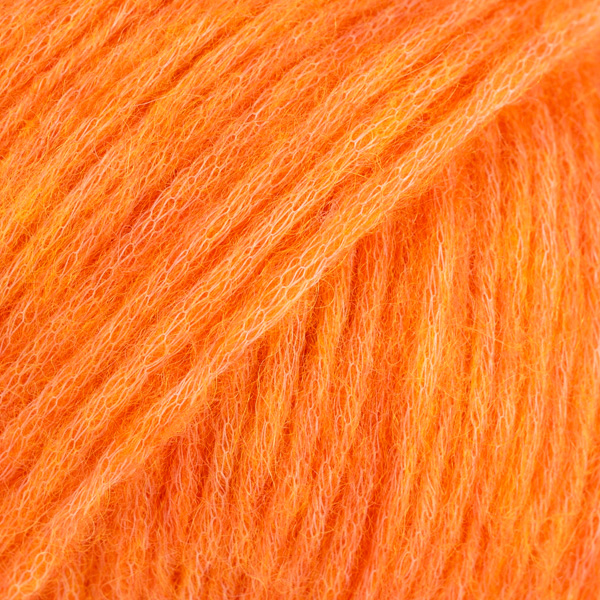







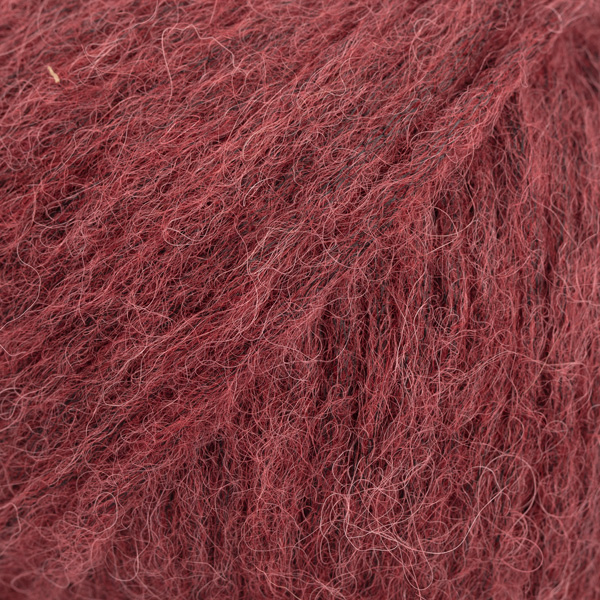

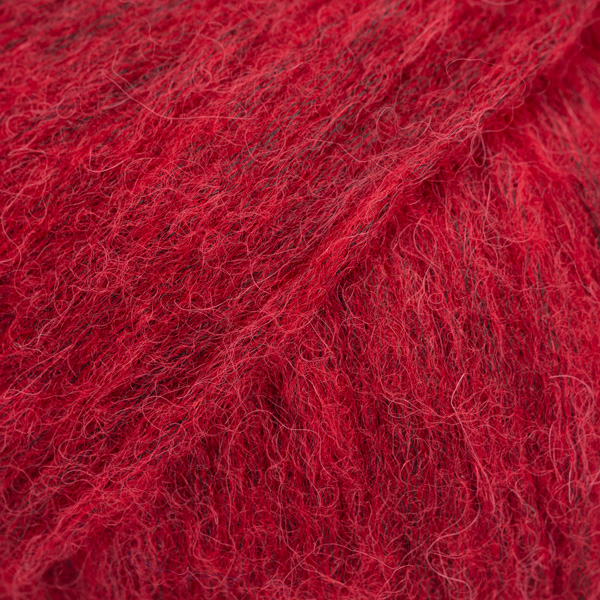




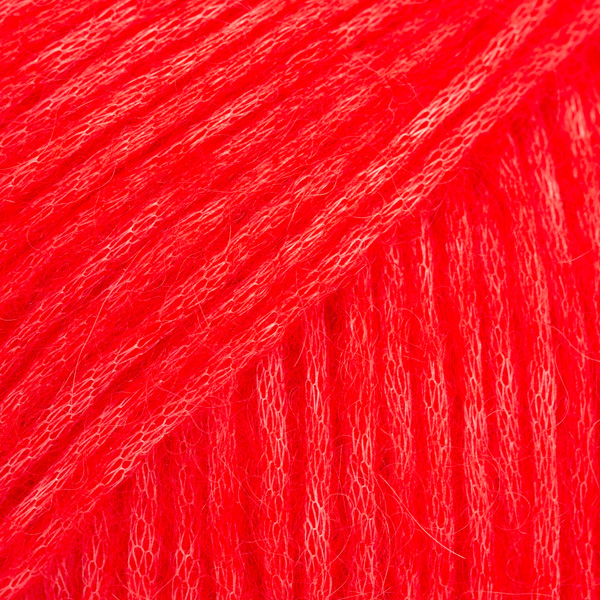





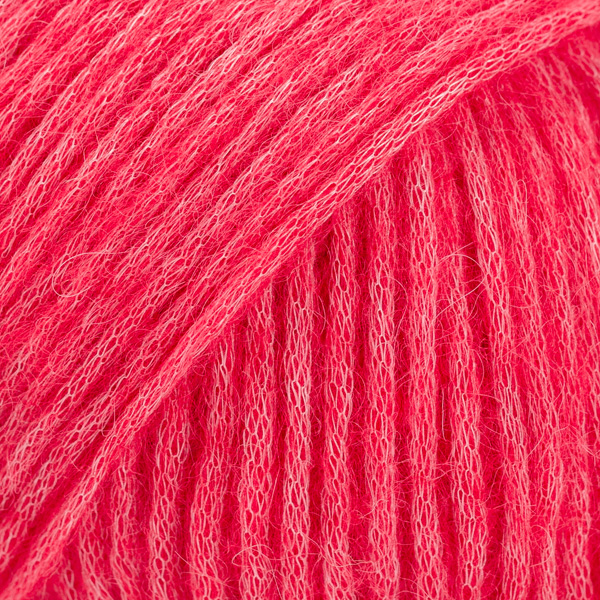










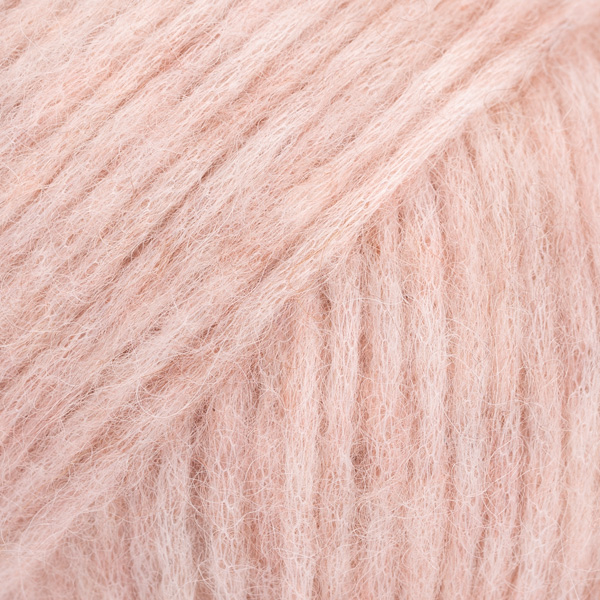






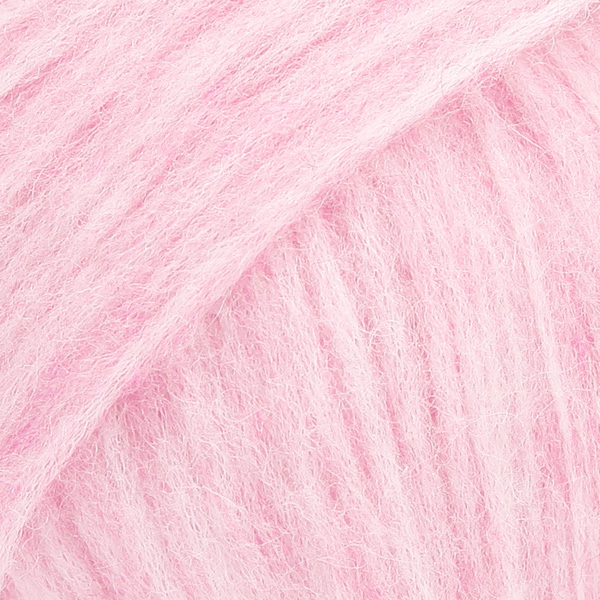



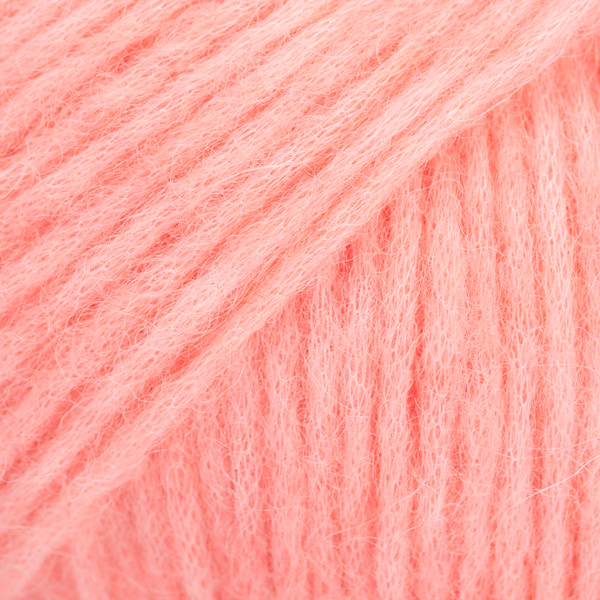









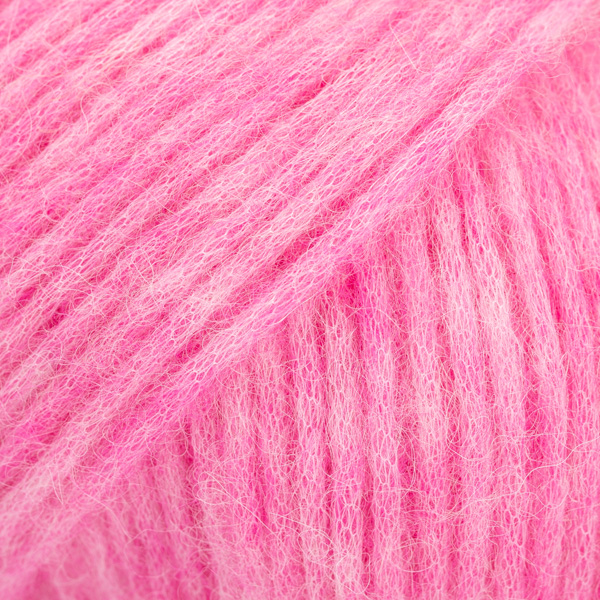
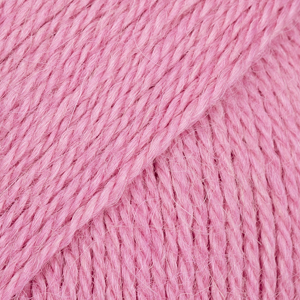









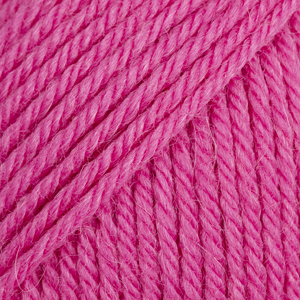







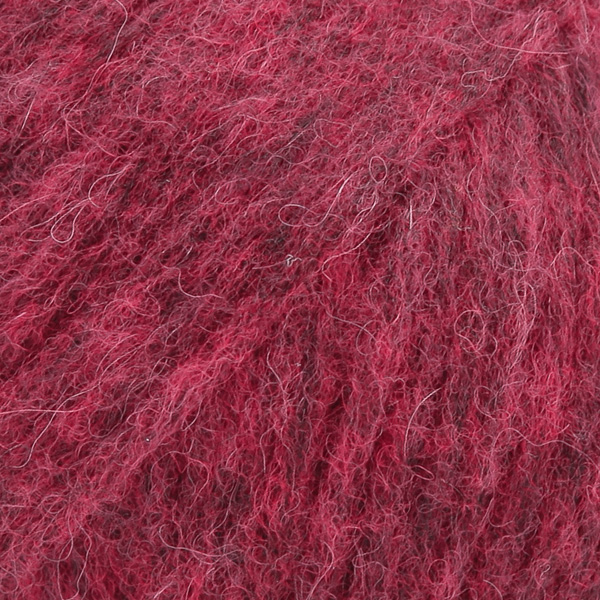



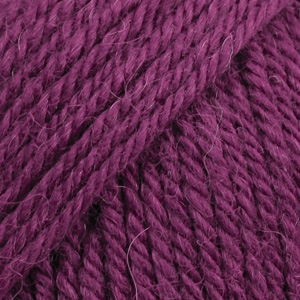

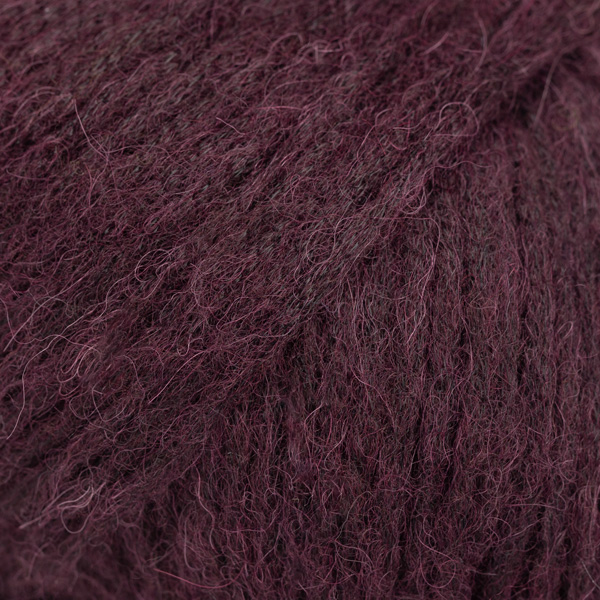


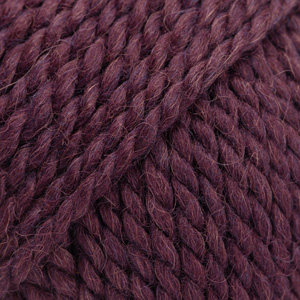






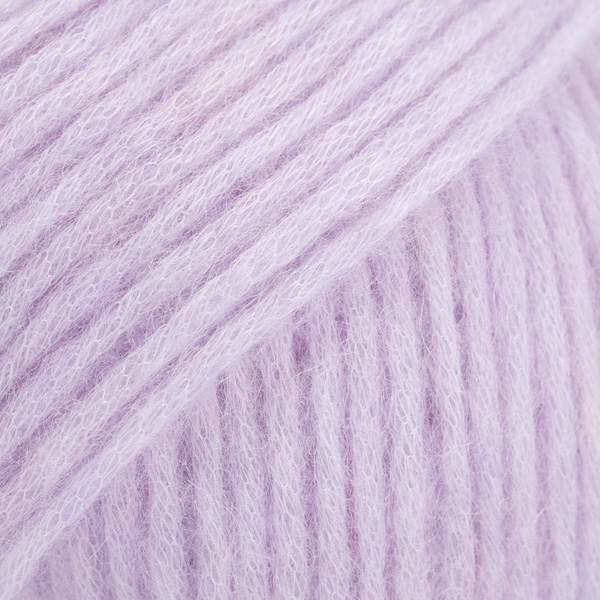






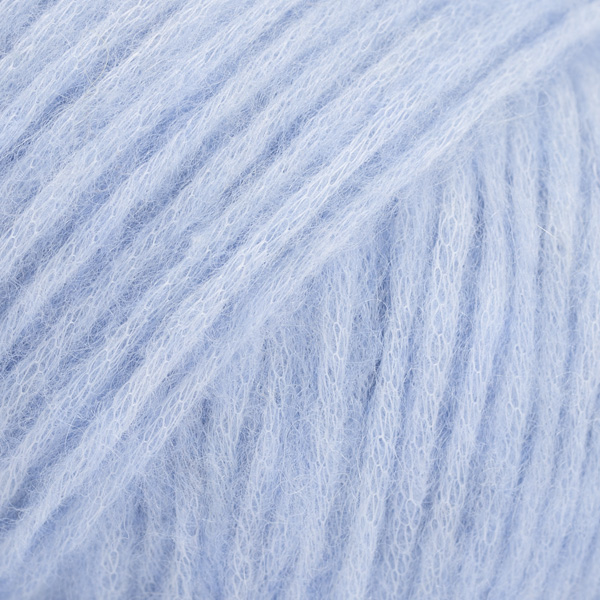





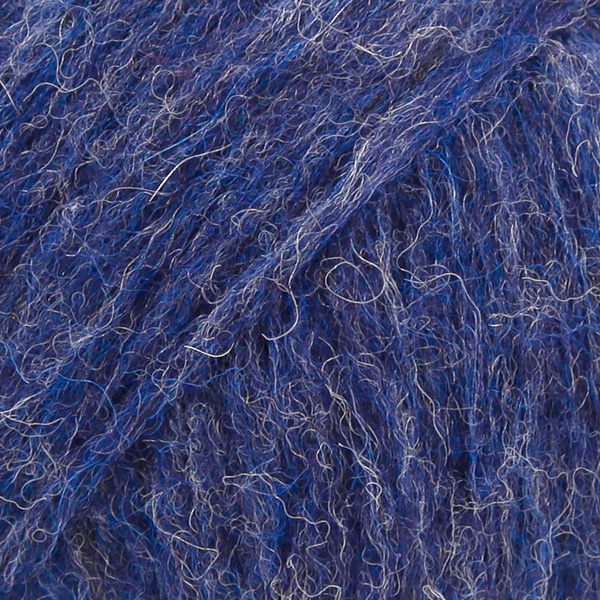

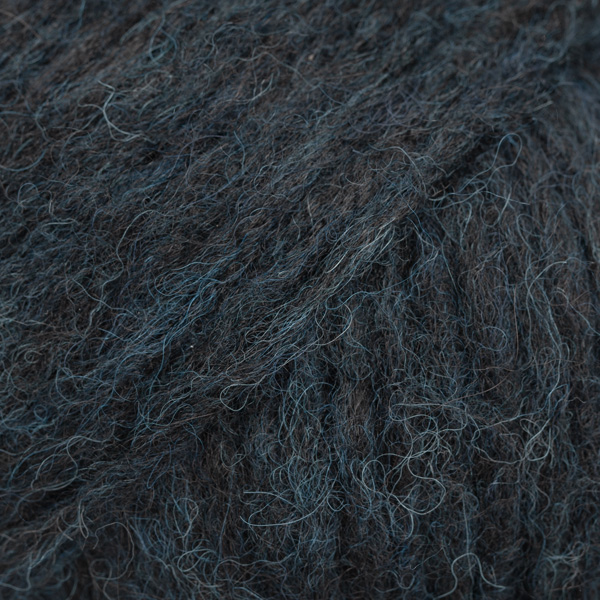






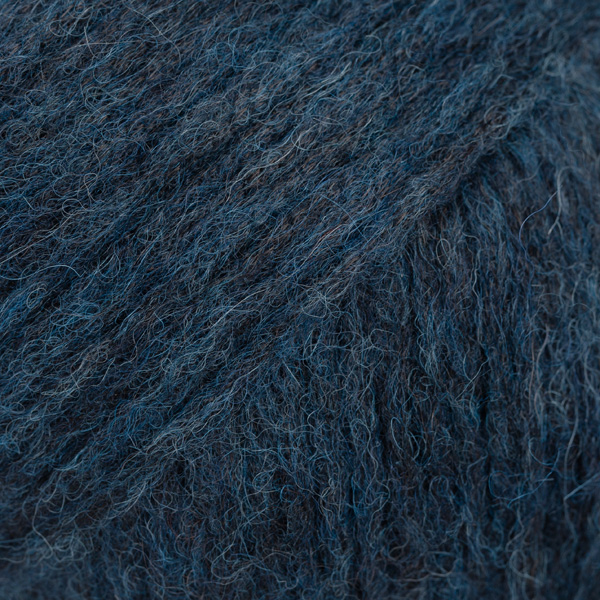









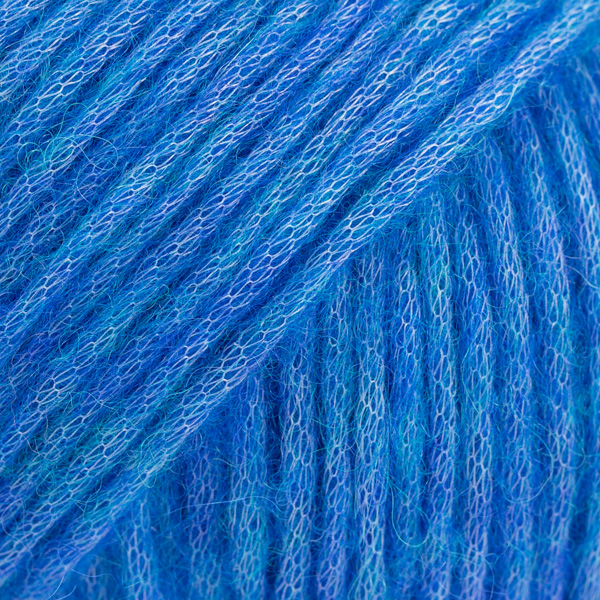



















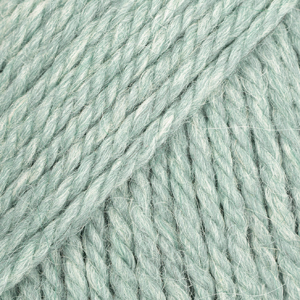


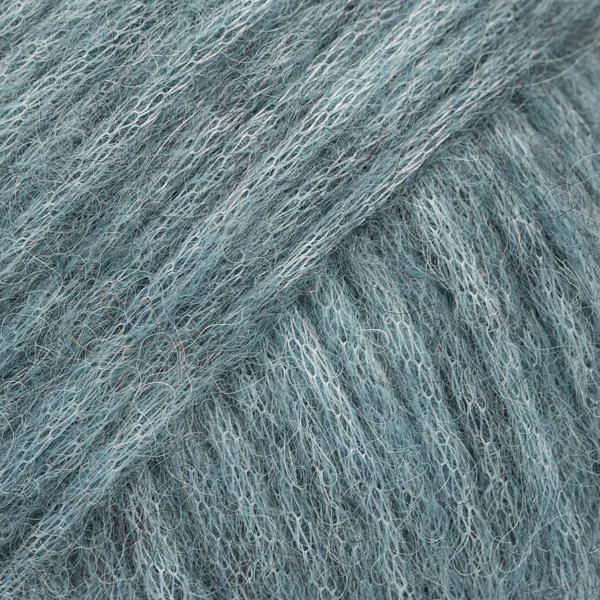



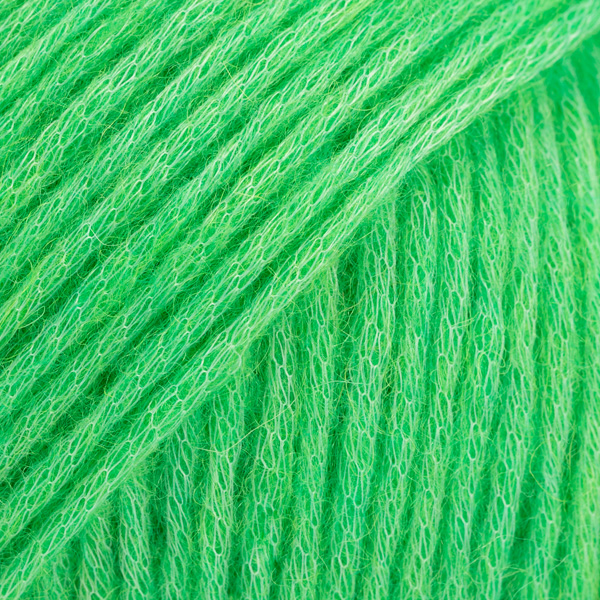








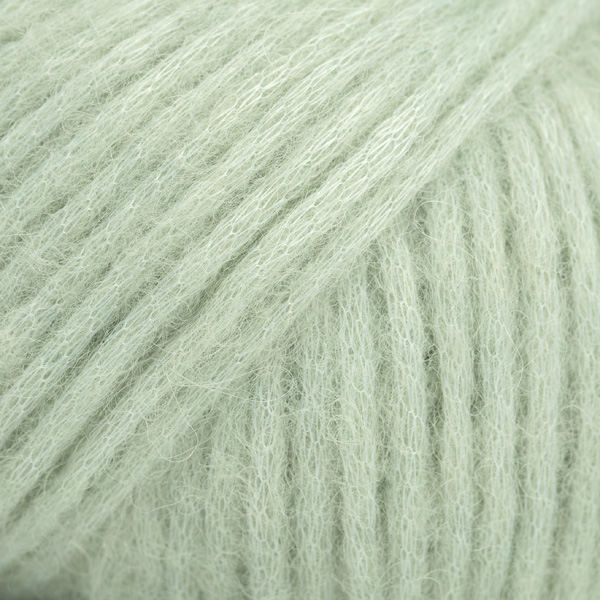

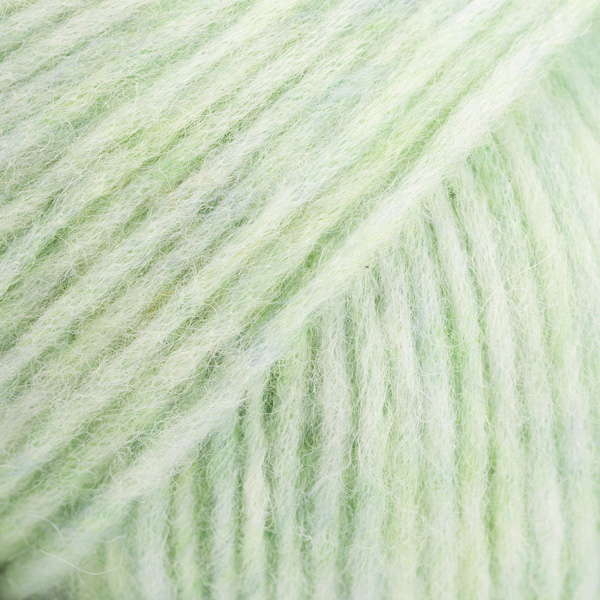
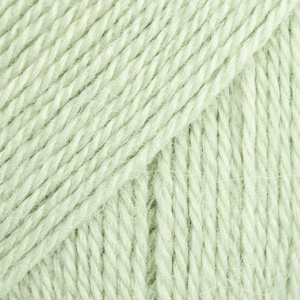







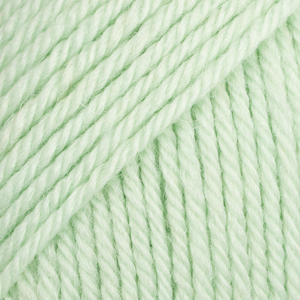






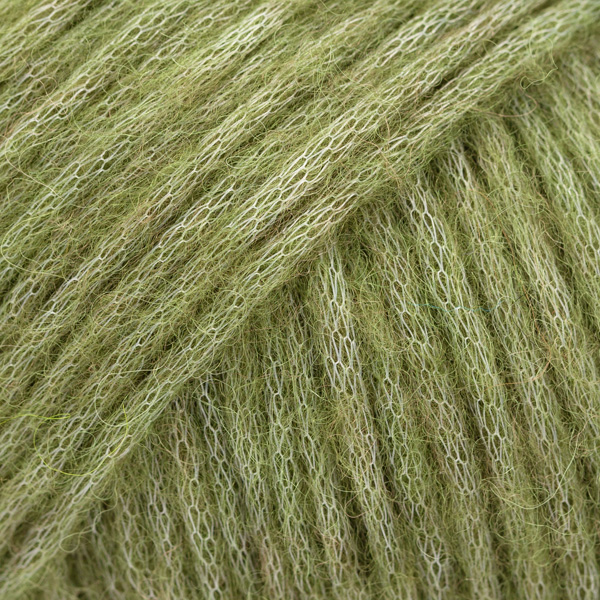


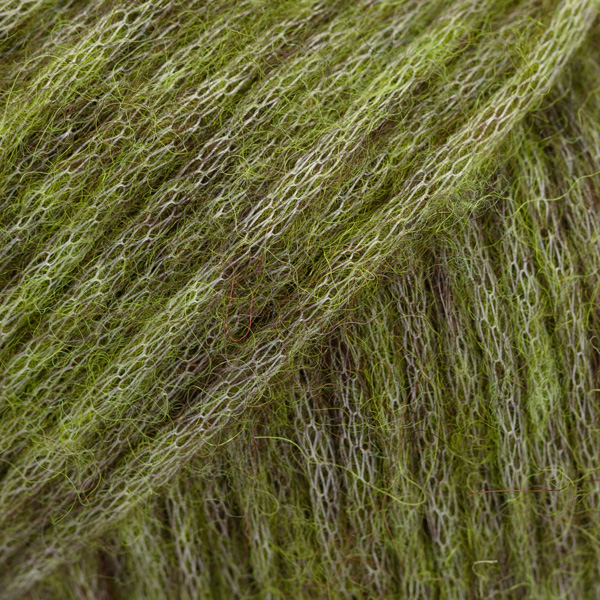












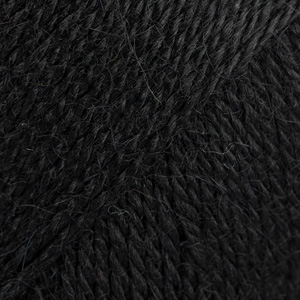















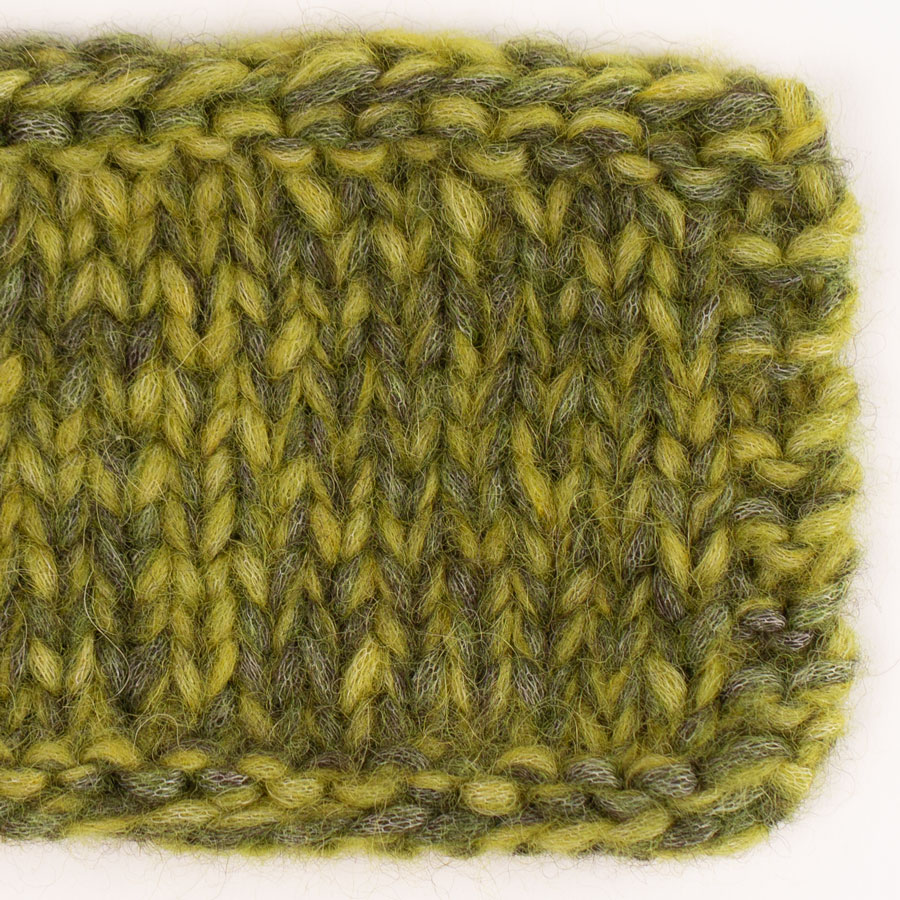
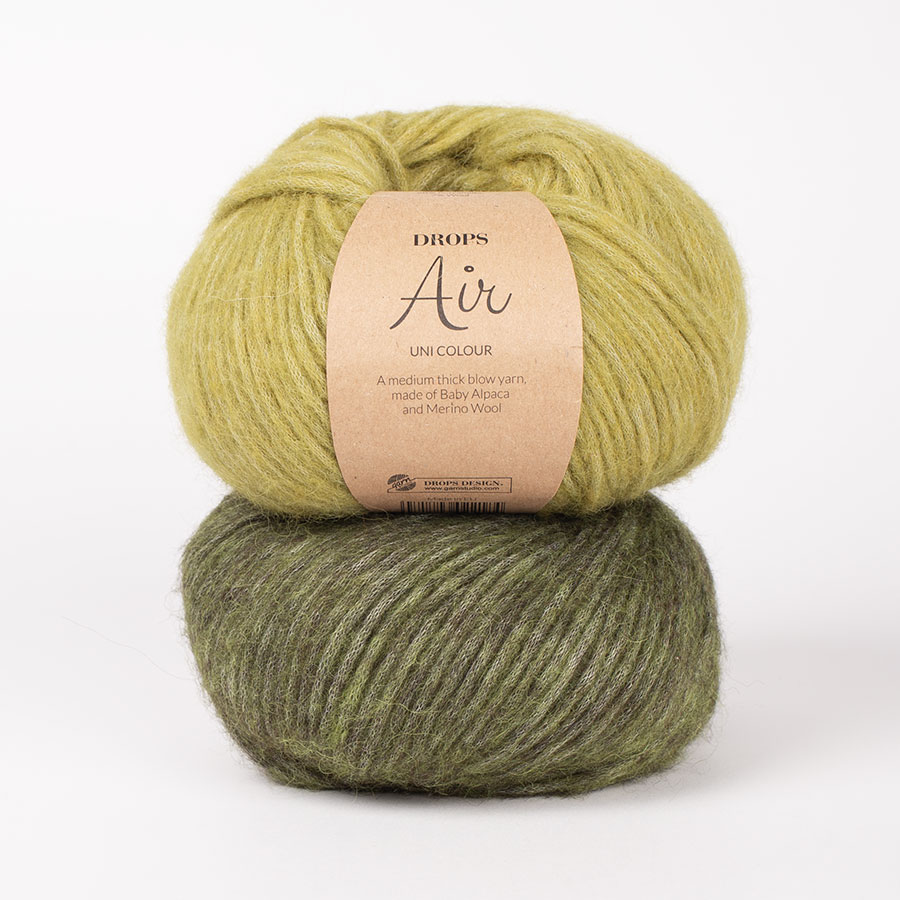
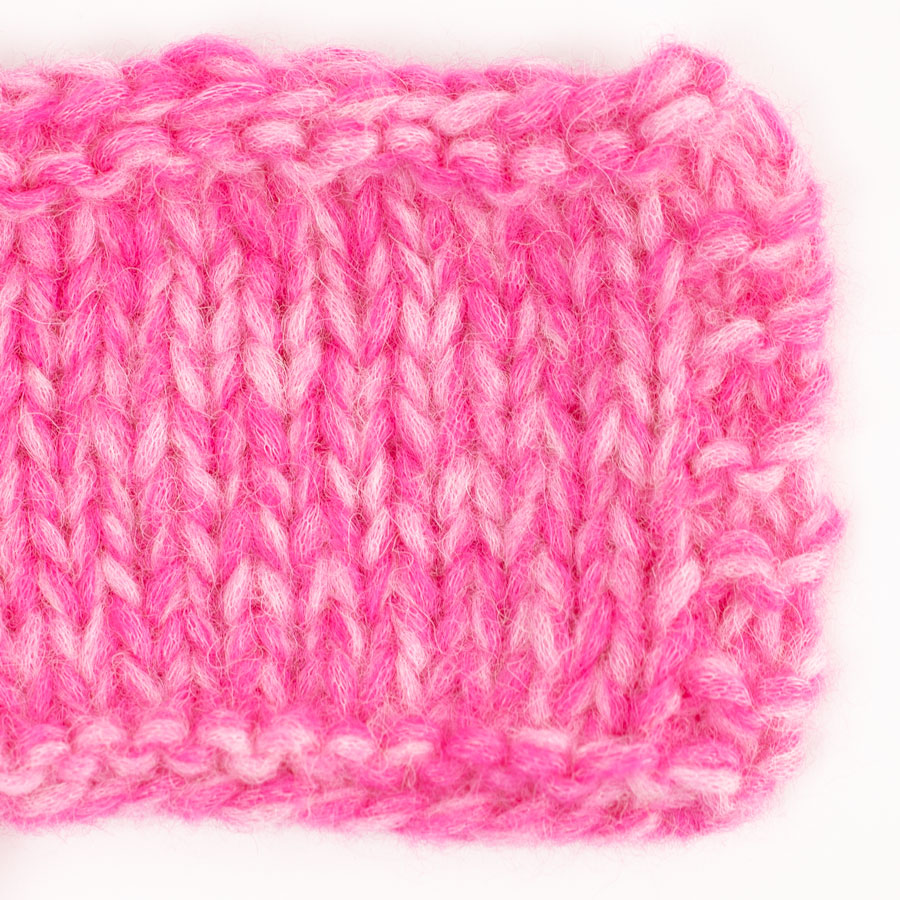
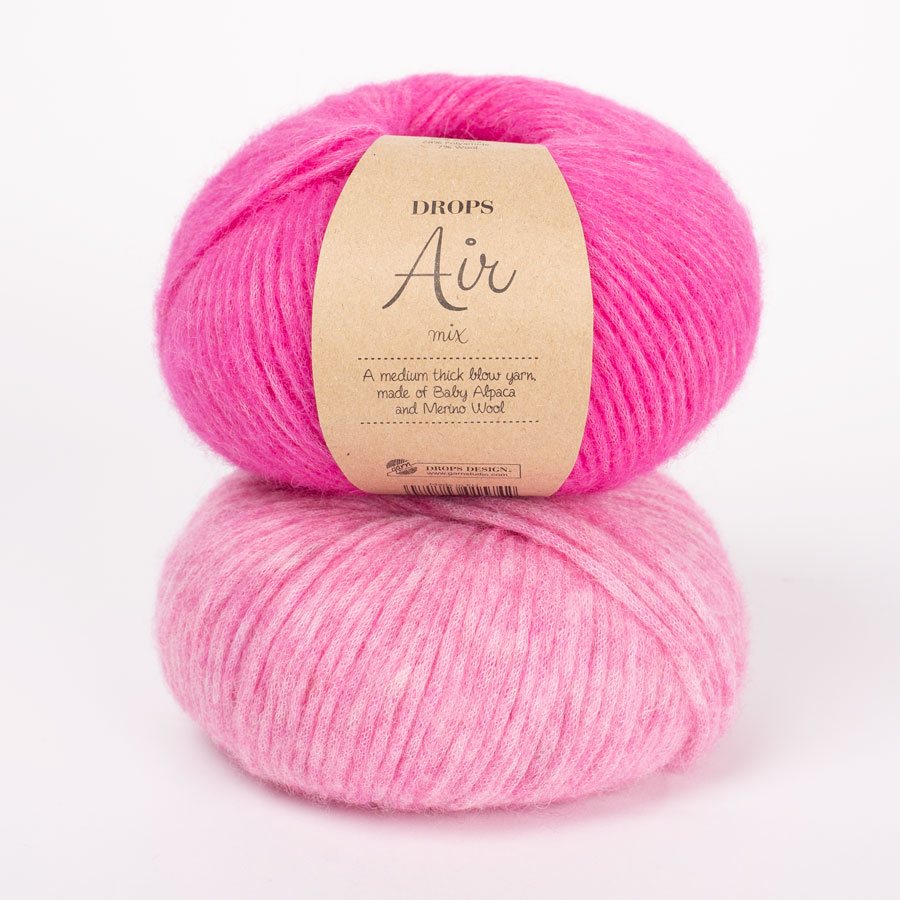
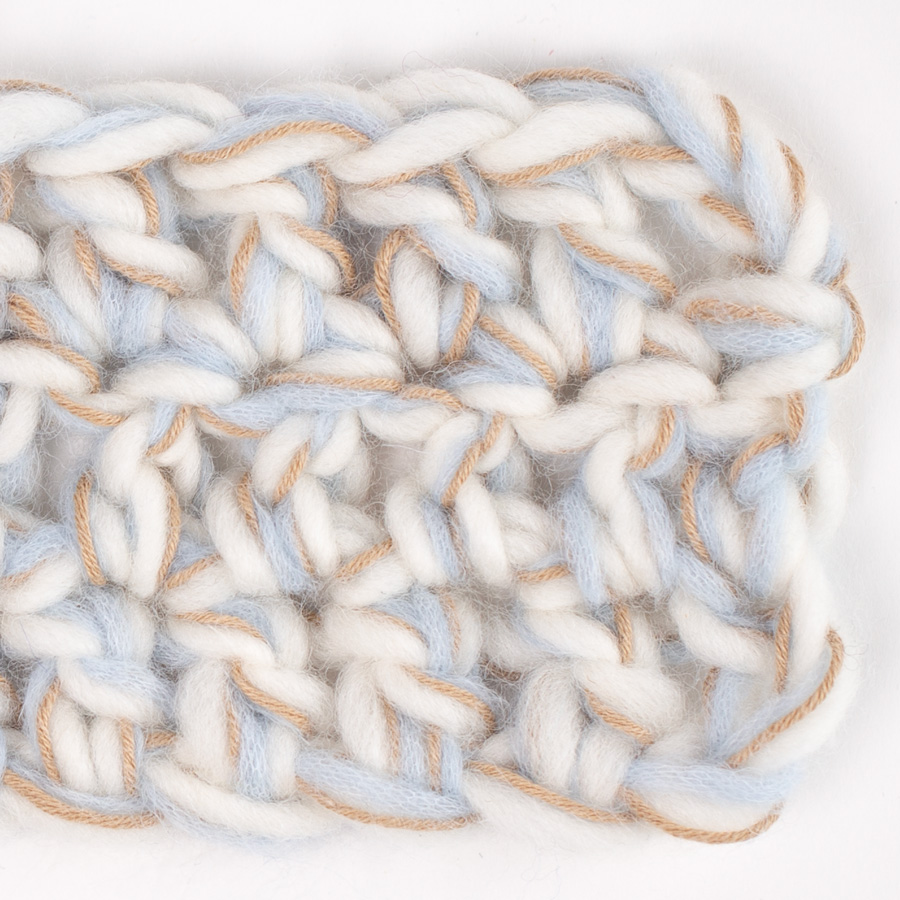
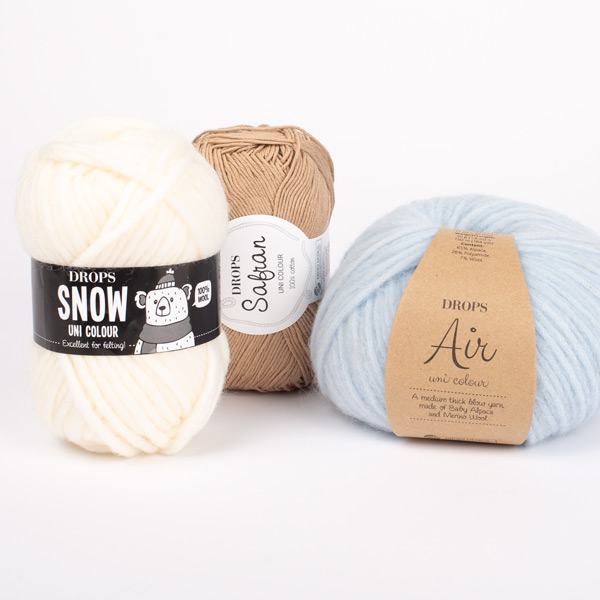
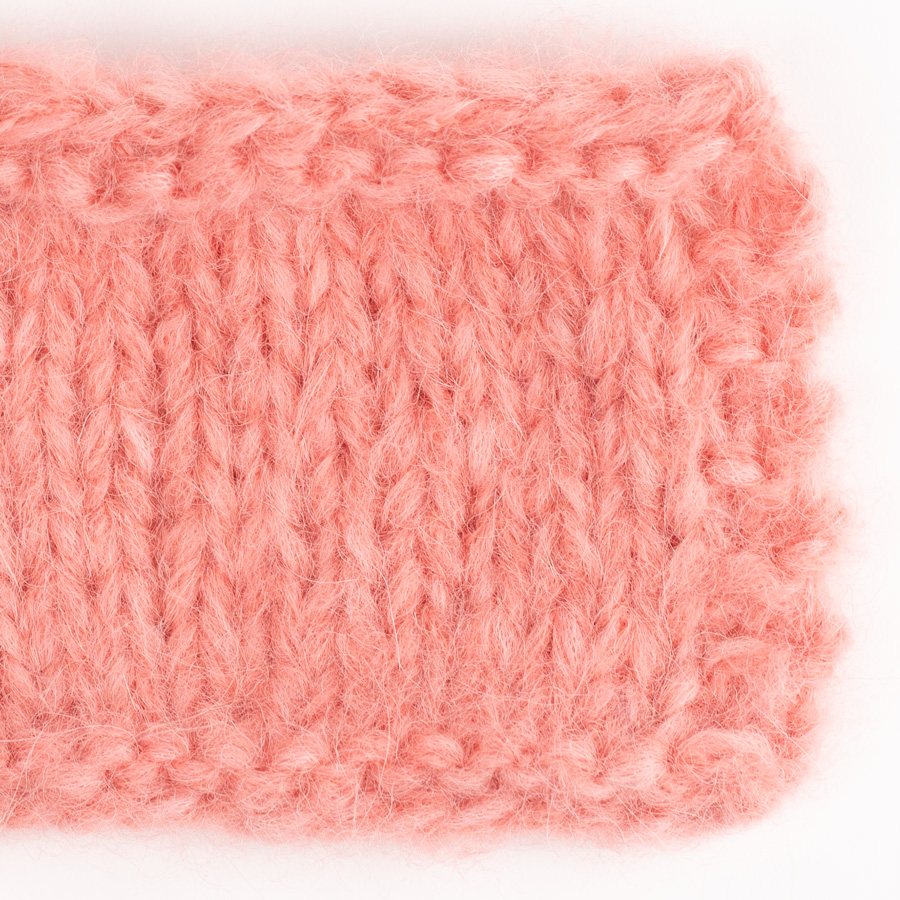

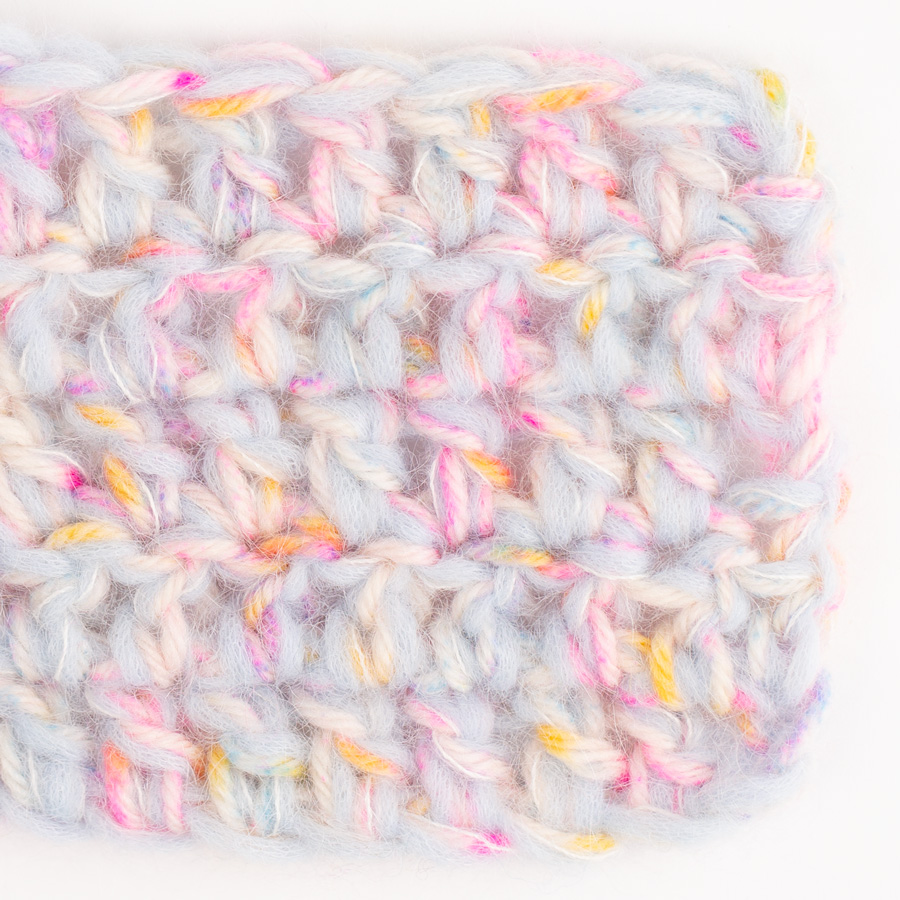

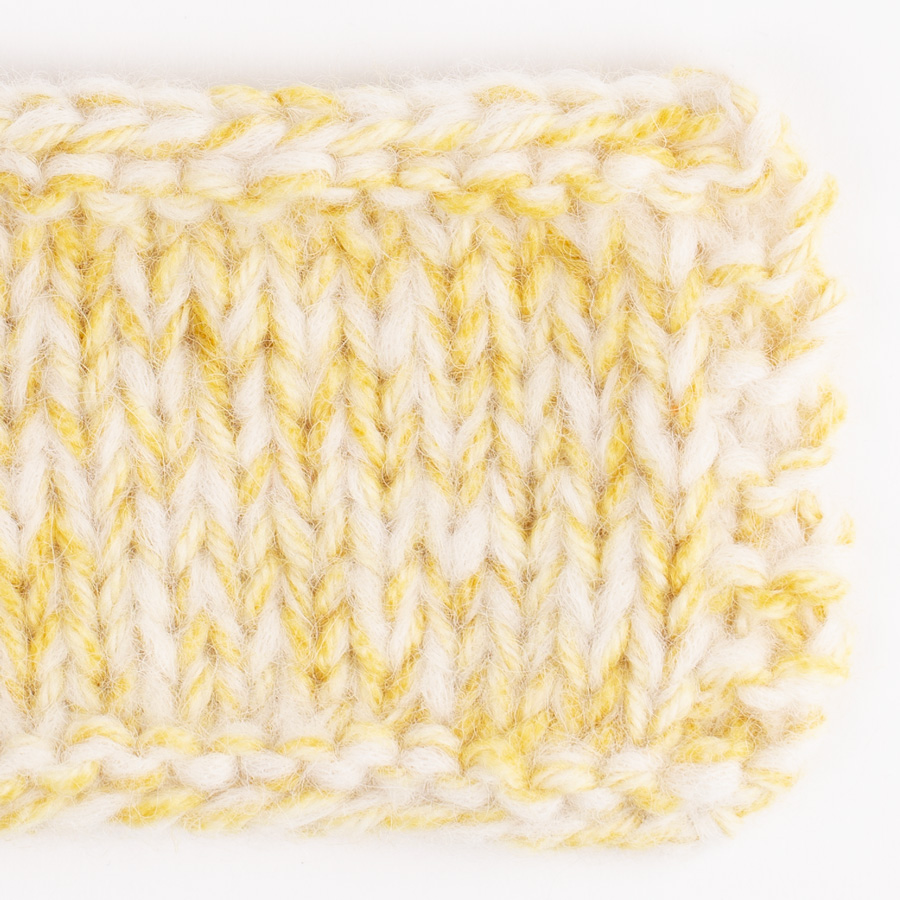
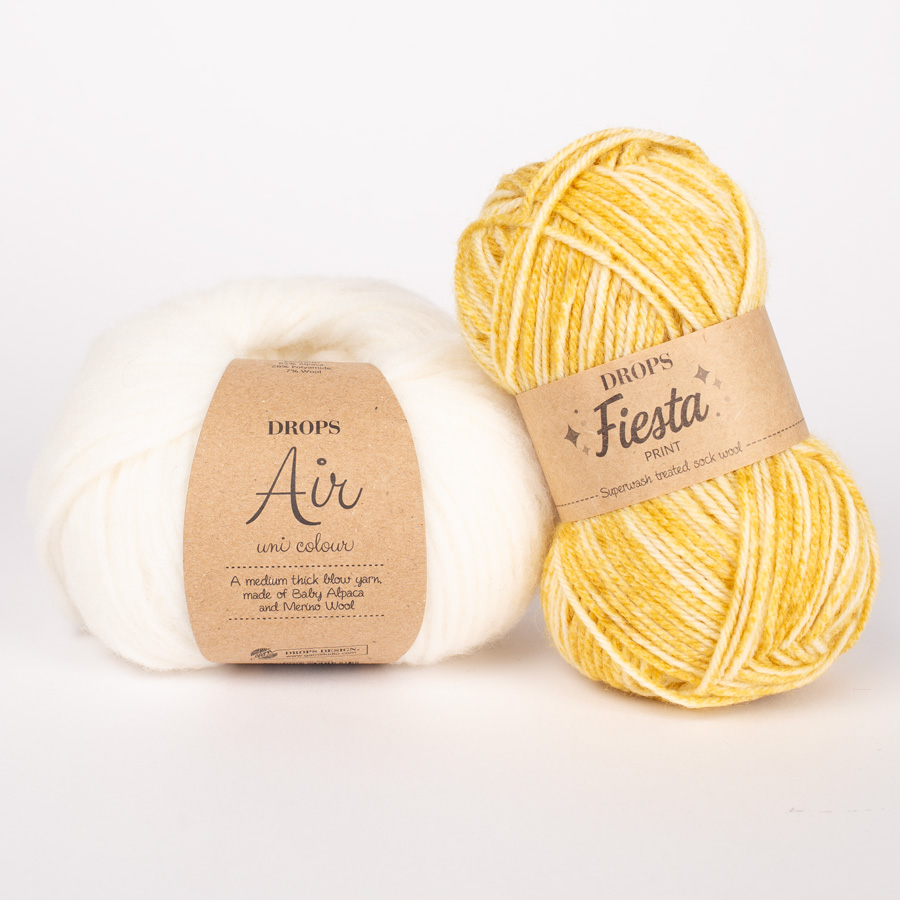

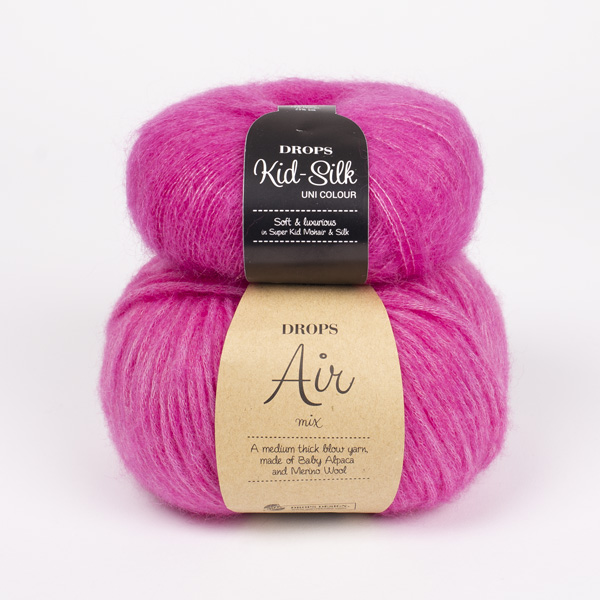
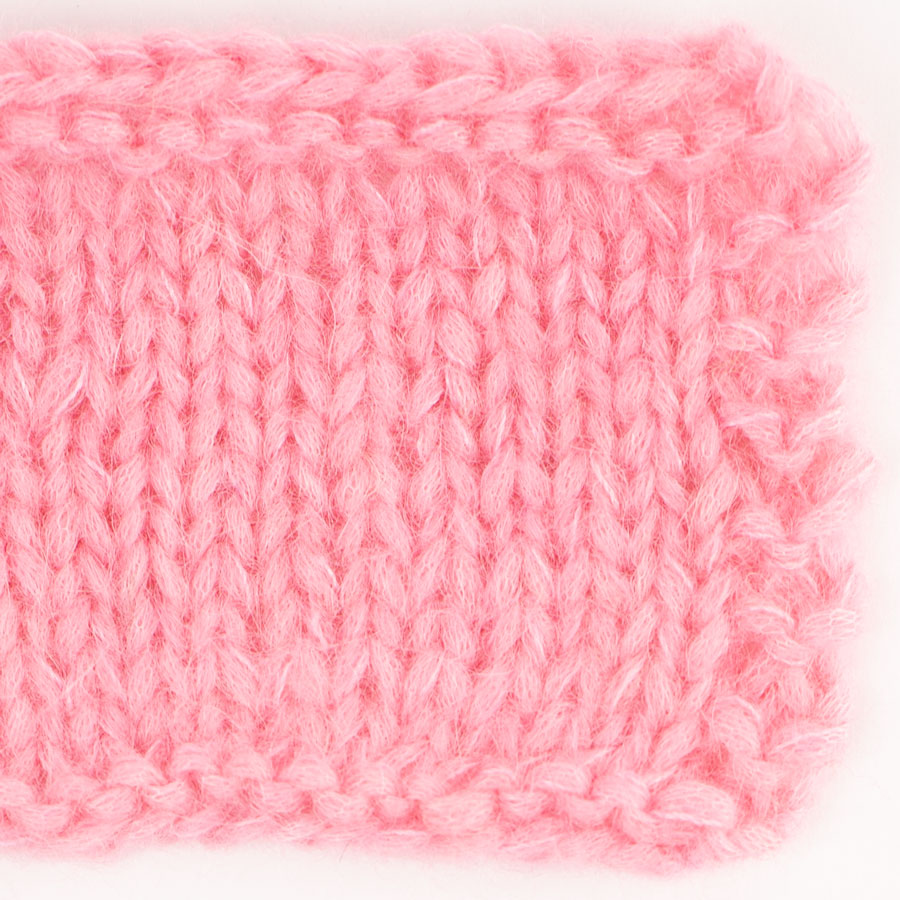
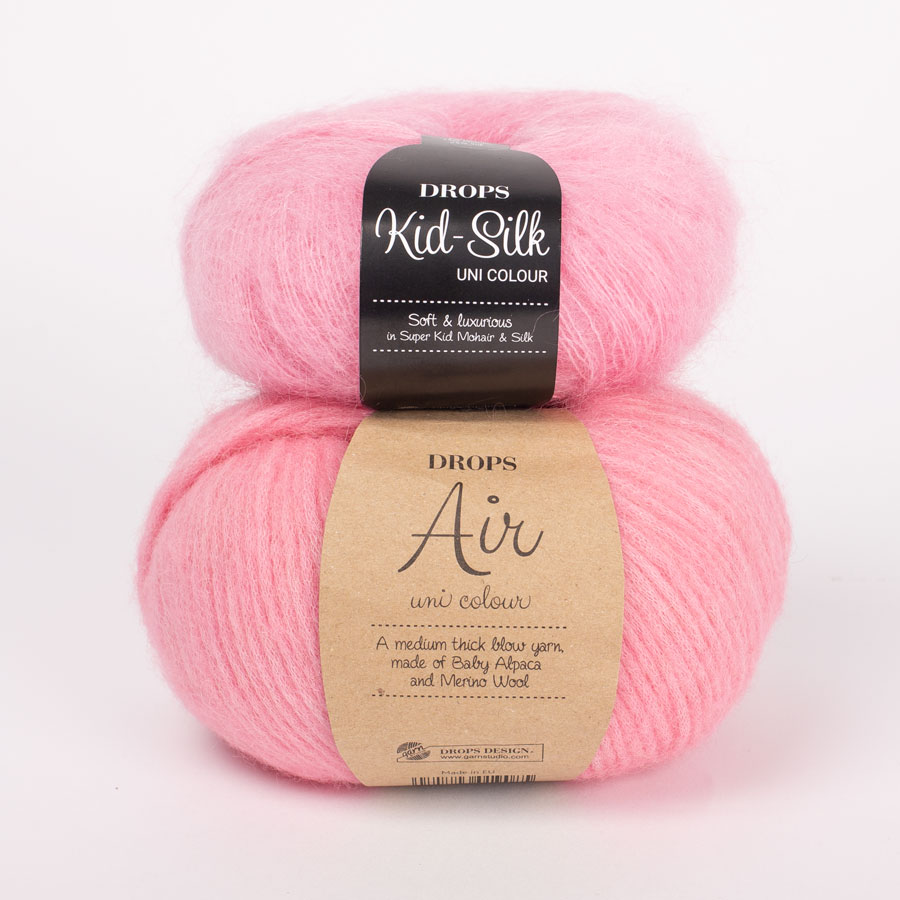








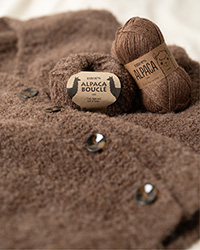
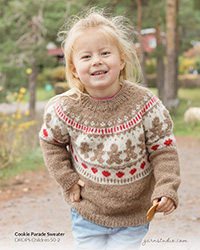
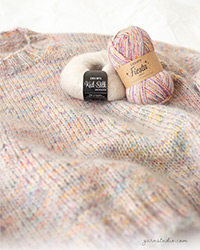
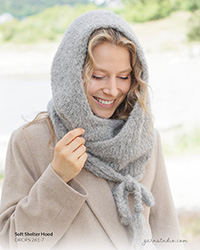


I have made beautiful scarves with this yarn. I love it. It’s light, warm and cosy. I doubled it to give more bulk but found when crocheting the matching hat I didn’t need to double it. I haven’t washed it yet so I can’t comment on that as yet.
11.06.2019 - 09:38